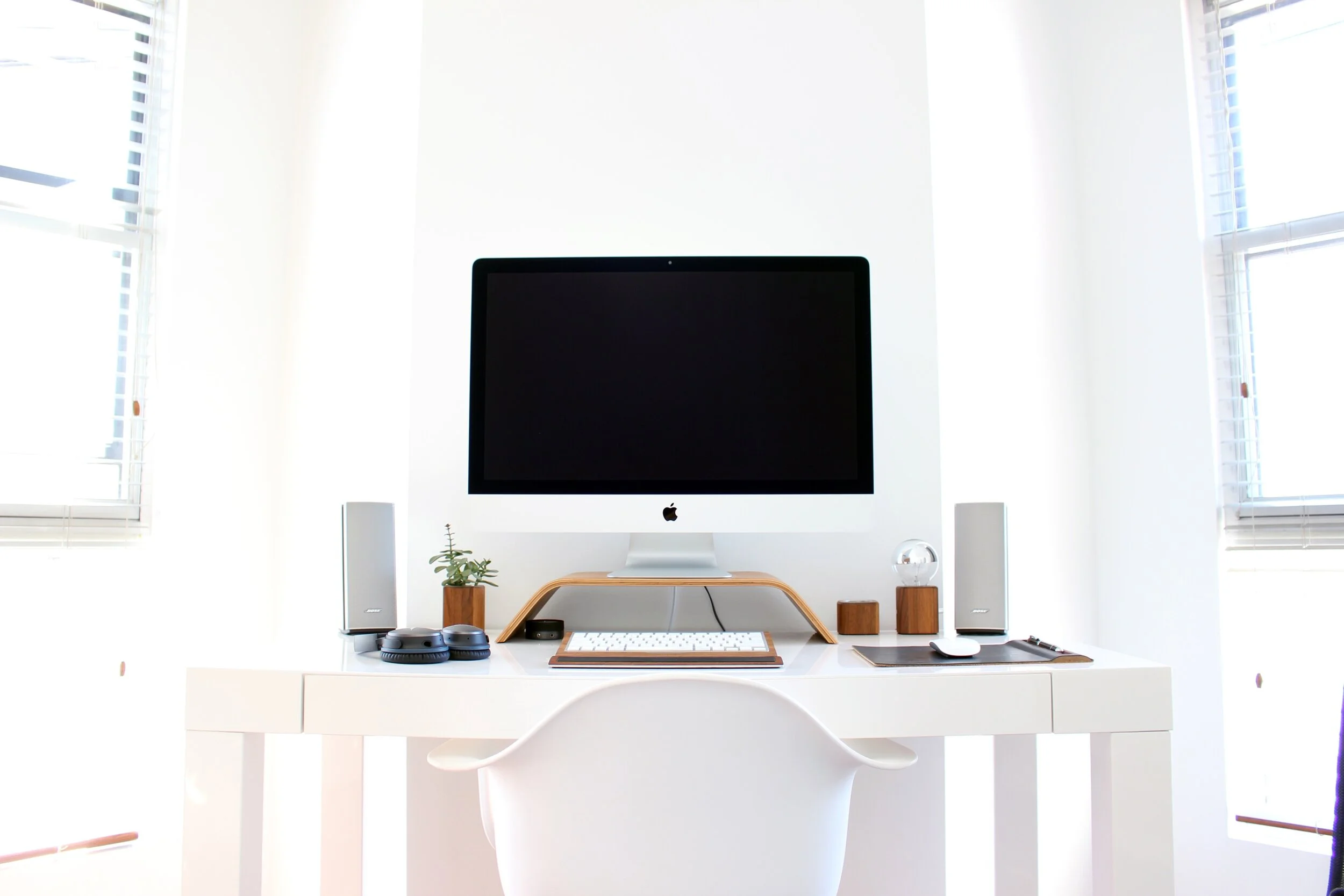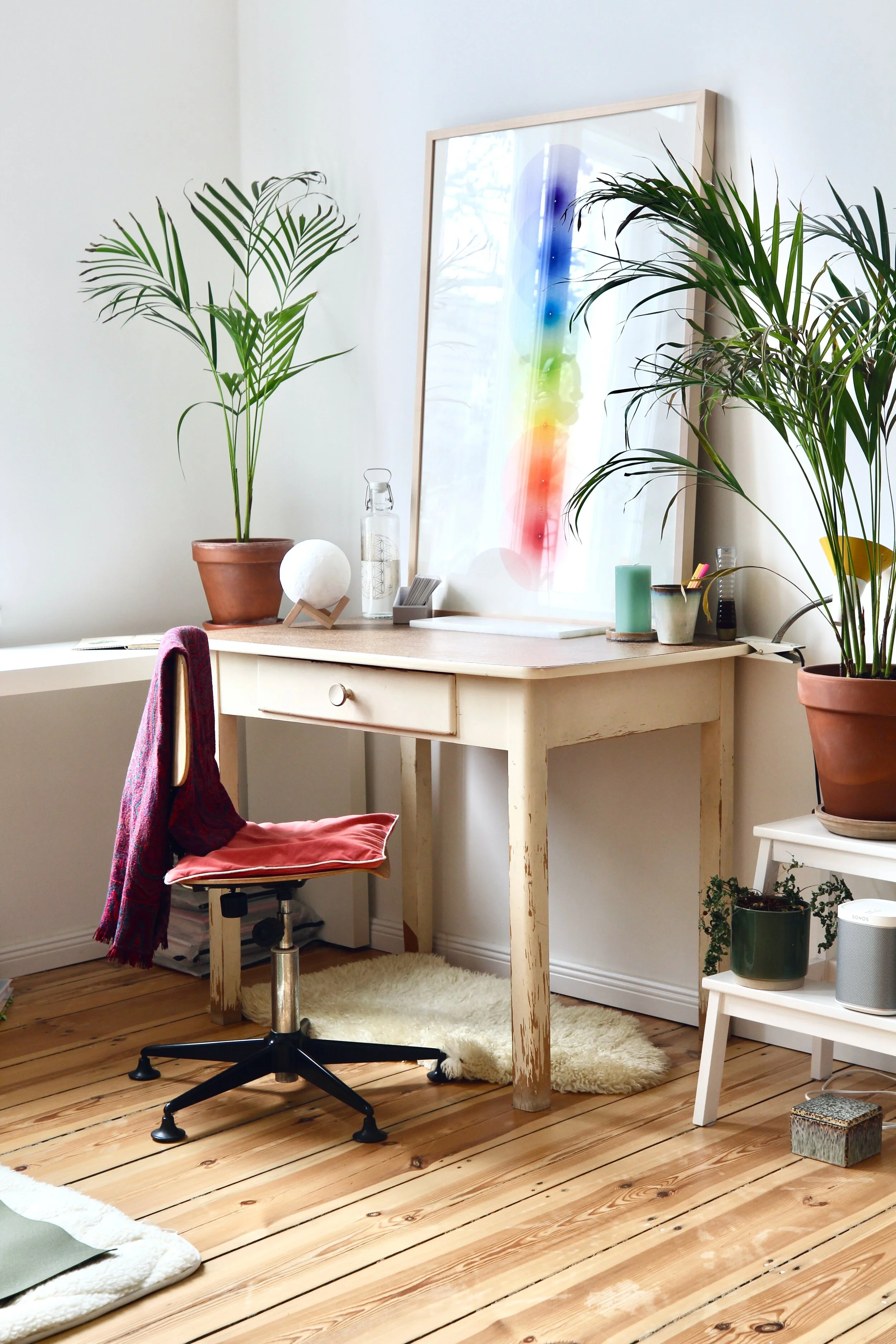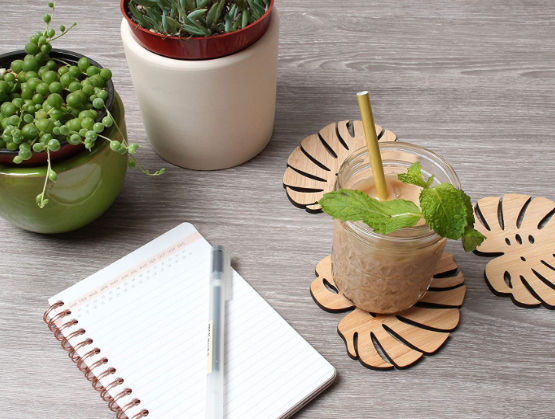Creating Your Own Zero-Waste Home Office
Even before COVID-19 forced everyone to stay put, there were millions of people worldwide who made their living working from home. If you are one of those diligent workers, you might be surprised to learn that you can turn your own home office into a clean, green paradise with no waste.
But what does zero-waste living entail, and how can you apply it to a working environment? And more importantly, is it a huge investment? After all, there are lots of self-employed folks and freelancers who simply can’t afford to try a whole new lifestyle from scratch.
Well, that’s the beauty of going zero-waste—not only can anyone do it, but they can do it on a budget, too. And if you’re interested in doing just that, you’ve come to the right place.
In this article, we will go over several different methods of turning your office into a neat little zero-waste oasis of health and no pollution.
Steps to Turning Your Home Office Zero-Waste
Step #1: Buy Used Items or Repurpose Old Ones
Every home office needs a desk, a chair, a shelf, a storage unit, etc. And while it is tempting to buy a new product, you will have a small pile of trash just from one purchase. That pile will include the original packaging, styrofoam padding, packing paper, and several paper booklets describing the item. In addition, you will also have additional paper waste in the form of receipts.
So, instead of buying a new item, browse second-hand stores and antique shops until you find a used item that you can...well, reuse. In fact, there are even entire websites that sell second-hand home office supplies and furniture.
Another popular option is to repurpose an old house item into something that your home office might use. You can even go the extra mile and pick up on some of your neighbor’s items that they planned on throwing away. Breathing new life into an existing piece of furniture can be fun and rewarding, and there are dozens of ways you can do it out there.
Step #2: Get Reusable or Compostable Stationery
Sadly, most of the stationery we already use in offices is quite expendable. For example, cheap pens run dry, and then the plastic casing gets to end up on a landfill and not rot for literal centuries. Moreover, notebooks and binders use up literal tons of paper, which comes from thousands of trees.
One way you can go zero-waste with stationery is to get reusable items. One such item is a stainless steel fountain pen. Yes, it will be a bit costly, but it will last decades and you only need to refill it with ink. That’s a far greener solution than wasting dozens of cheap ballpoints.
Another cool reusable item is a fully recyclable binder, made entirely from recycled paper. These eco-friendly options don’t contain an ounce of plastic or any harmful dyes. They are completely natural and once we are done using them, we can recycle or dispose of them.
Some people even go a step further and buy items that they can compost later. These items include wooden dry highlighter pencils and all-natural decomposition notebooks made from recycled and organic materials.
Step #3: Reuse Paper
Working in an office environment, you can’t really avoid using paper. You might either print documents on it, take notes, or leave reminder messages for yourself. Moreover, you might get different junk mail letters, catalogs, or brochures delivered to your front step.
Instead of throwing all of that paper away or burning it, try to find either practical or creative ways to reuse it. For instance, cut off any white surfaces from junk mail and use them as scratch paper. Alternatively, you can reuse the paper in various creative ways. In addition, you can brush up on your origami skills and make amazing decorations for your home office.
Step #4: Save Light and Electricity
Wasting electricity is just as harmful as wasting non-reusable materials. So, when setting up your home office, you should consider using as little electricity as possible.
First off, make sure that your office has a nice, big window that lets lots of natural light in. That way you can save your electricity, your lightbulbs, and even your health. After all, natural light is far better for the eyes than illumination from lightbulbs. Some people go a step further and paint their office walls with light dyes.
And speaking of lightbulbs, you might want to switch to an eco-friendly LED solution. It will be just as bright as any other bulb, but waste far less electricity in the process. More importantly, it will last for a long time before you need to replace it.
Of course, there are other ways you can save electricity. For example, instead of leaving your computer on with the screensaver active, switch it off or make it snooze. In addition, don’t keep the chargers or other plugs in the sockets unless you absolutely need to use them. If they stay in, they just waste electricity.
Additional Steps
There are plenty of other small steps that you can undertake to create a zero-waste office. Here’s a handy list of some that you can apply once you get comfortable with the original 4 steps above:
Add lots of plants to your home office and take good care of them. They will keep your air clean and produce lots of much-needed oxygen.
Instead of paperbacks and hardbacks, buy ebooks. In addition, try borrowing books from a friend or a library if you don’t have to buy a copy.
If you can, invest in a renewable source of energy for your office’s electrical needs (ex. a solar panel).
When decorating your office, use eco-friendly paint without any harmful additives.
Use an old device like a phone or a tablet until it fails indefinitely; try to delay buying a new one as much as possible.
Use beeswax candles and wooden coasters for decor.
Zero-waste Home Offices: Final Thoughts
Building a zero-waste home office is as useful and healthy as it is fun. Of course, you don’t need to worry if you can’t do all of the steps listed in the article at once. A zero-waste lifestyle is a process that takes some getting used to.
Once you do, you can pass on the knowledge to your friends and colleagues. After all, a regular office can benefit from going zero-waste just as much as the one at your home.
What ways have you tried to make your home office zero-waste friendly? Comment below!
Article Photo Credit: Gabriel Beaudry, Beazy



